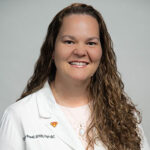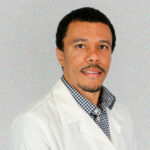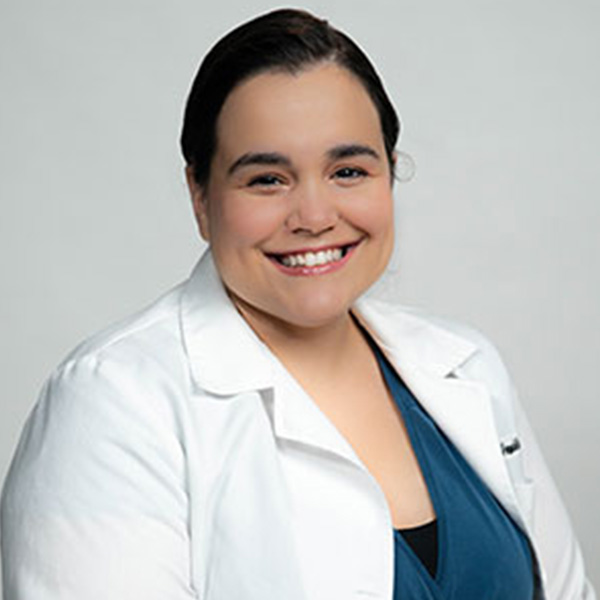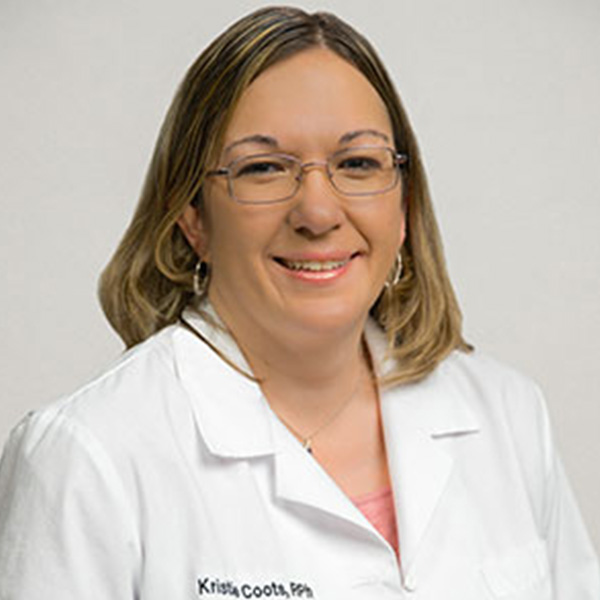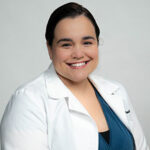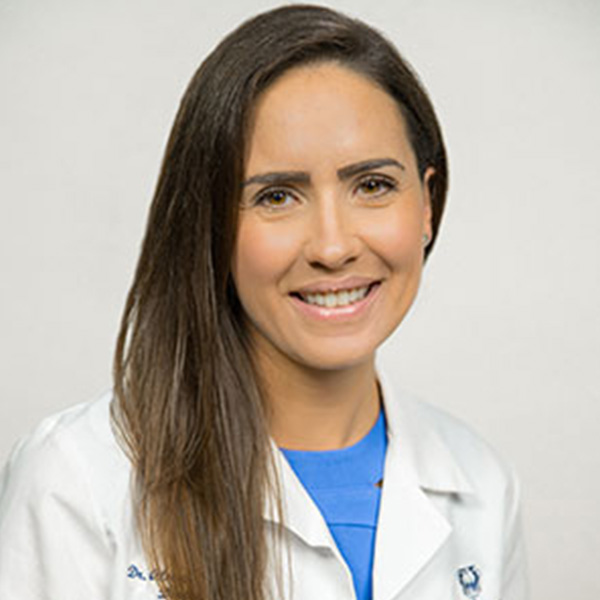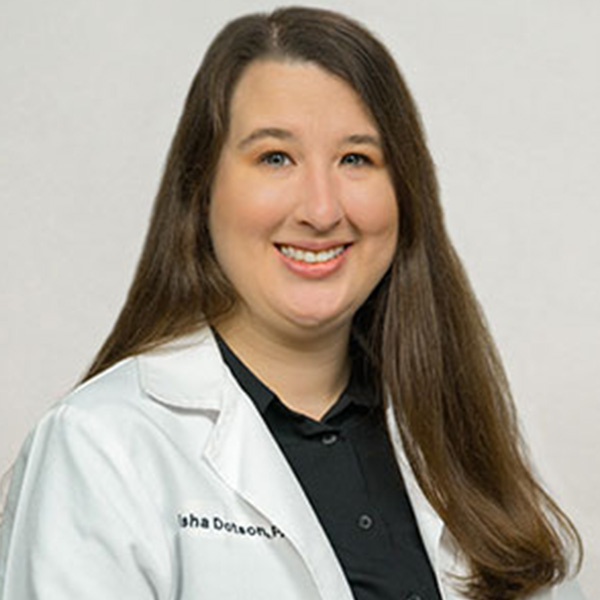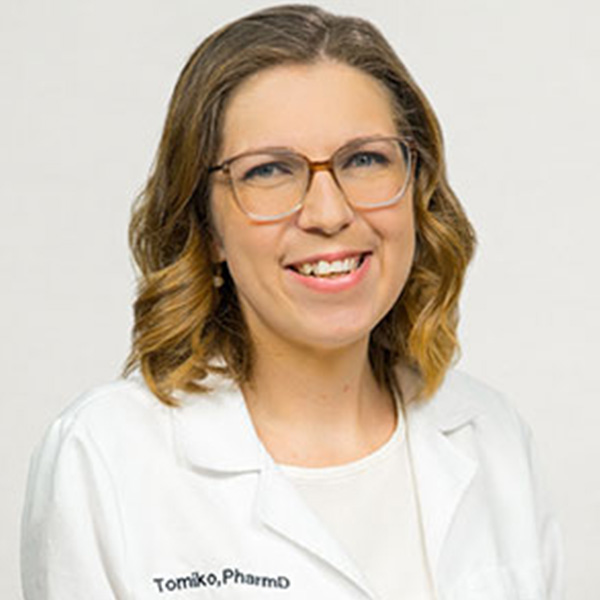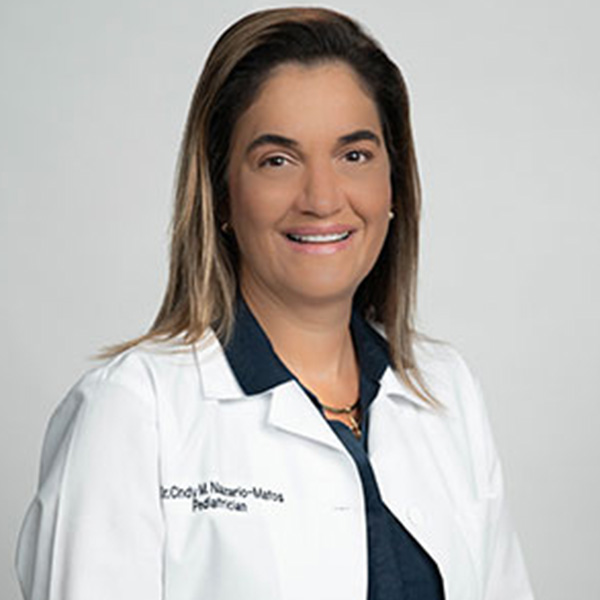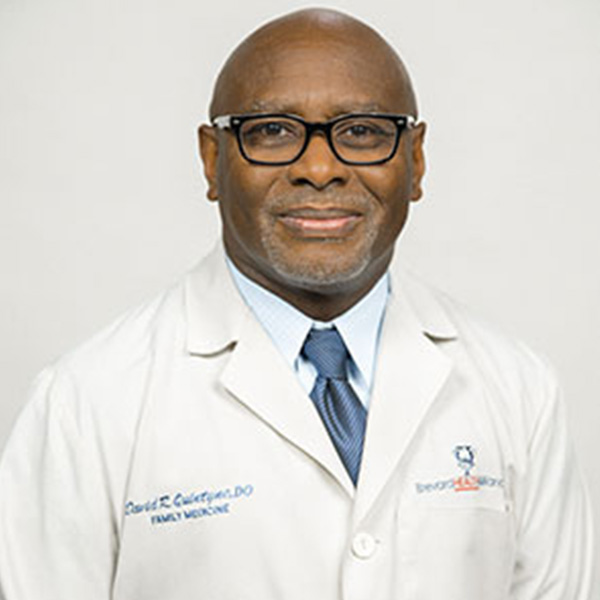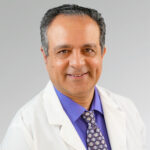Take a Beat on Heart Health This Month
The new year is the perfect time to take a look at your ticker and improve your habits. We challenge readers to take a few key steps that can impact their overall heart health in observance of American Heart Month.
“It is never too early to focus on cardiovascular health,” states Christy Powell, APRN of Brevard Health Alliance. “It is important to be aware of your baseline blood pressure readings at all ages. It is important for our pediatric patients to have their numbers checked during their physicals, and our adult patients during their visits because changes in baseline readings can serve as early detection of changing health status and conditions.”
Did You Know?
One in every 5 deaths in the United States is a result of heart disease – a staggering number. It is the leading cause of death for both men and women in the U.S. The Centers for Disease Prevention and Control states the most common type of heart disease is coronary artery disease, which affect blood flow to the heart.
What Affects My Heart Health?
According to a 2022 report from the American Heart Association, nearly half of the U.S. population has at least one of the following three risk factors for heart disease.
- High blood pressure
- High blood cholesterol
- Smoking
What Can I Do Today to Improve My Heart Health?
The American Heart Association has found eight essential compromises –all of which are interconnected – that will help improve your heart health.

Quit Tobacco
According to the Centers for Disease Control and Prevention, smoking causes cancer, heart disease, stroke, lung diseases, diabetes, and chronic obstructive pulmonary disease (COPD), which includes emphysema and chronic bronchitis. Smoking also increases risk for tuberculosis, certain eye diseases, and problems of the immune system, including rheumatoid arthritis. Simply put, tobacco is not good for your health.
That rings true of your heart’s health as well. Smoking, vaping, and even secondhand smoke can increase your risk for heart disease. It can even make diabetes more difficult to manager.
Talk to your provider about what smoking cessation programs might be right for you.
Get a Good Night’s Sleep
There are few things a good night’s sleep can’t cure; and that rings true when it comes to the health of your heart.
In fact, sleep is crucial for health and essential for life. In an article published in the Journal of Family Medicine and Primary Care, a shorter amount of sleep (less than seven hours per night) is associated with greater likelihoods of obesity, high blood pressure, diabetes, coronary heart disease, stroke, frequent mental distress, and death.
Vanderbilt University Medical Center recommends instituting the following to get better Zzz’s.
Additional recommendations for good sleep:
- Establish a relaxing pre-sleep ritual, such as taking a bath, reading or listening to calm music.
- Make sure the bedroom is quiet, dark and at a comfortable temperature.
- Avoid the bright lights and stimulation of TVs, computers and other electronics before bed.
- Avoid large meals, alcohol and caffeine before bed.
- Exercise earlier in the day, not right before bed.
- Keep the same bedtime and wake time each day, even on weekends.
Manage Weight
Movement is key – your heart is a muscle. And, just like any other muscle in your body, it needs to be strengthened. If it’s been a while since you’ve exercised regularly, a great way to start is by going on a 10-minute walk every day. From there you can slowly increase your walk time and add other physical activities. A recent report conducted by Harvard Medical School concluded walking just 21 minutes per day can reduce your risk of heart disease by 30%.
“When managing diet, exercise, and weight loss, I cannot emphasize that small changes add up to big results. When making changes, I recommend picking one thing and sticking with it,” encourages Powell. “The American Heart Association recommends 30 minutes a day of moderate intensity exercise, and that is as simple as walking. When working on weight loss and dietary modification, start with decreasing the amount of processed sugar in your diet that is found in sodas and candy. Increase fruits and vegetables in your diet. It takes a calorie deficit of 3500 calories to lose one pound. The easiest way to do that is with a combination of a calorie deficit and incorporating daily exercise in your routine. Patients can make an appointment with their provider to discuss all options regarding weight loss and dietary changes.”
Eat Better
Eating balanced meals, watching your sugar and carbohydrate intake is a good foundation for better heart health.
Johns Hopkins Medicine recommends taking these steps to help reduce your risk of cardiovascular disease:
- Eat at least 2 cups of fruit and 2½ to 3 cups of vegetables every day. Produce is full of vitamins, minerals, fiber, and other essential nutrients. And produce is practically free of fat and cholesterol.
- Cut back on high-fat foods containing partially hydrogenated vegetable oils, trans fat, and saturated fat. Using liquid vegetable oils in place of soft or hard margarine or shortening, while limiting cheese, butter, ice cream, processed and fatty meats, cakes, cookies, pastries, muffins, pies, and doughnuts can make a difference.
- Eat more seafood. Recent research shows that Eating fish like salmon, trout, and herring at least 2 times a week can be good for you. All these contain omega-3 fatty acids. They may help lower your risk for death from coronary artery disease.
- According to an article in Harvard Health Publishing, cutting out just one sugar-sweetened soda or calorie-laden latte can easily save you 100 or more calories a day. Over a year, that can translate into a 10-pound weight loss! An excellent reminder that what you put into your body matters.
Control Cholesterol
There are several different types of cholesterol but the most important in terms of cardiovascular health is low-density lipoprotein (LDL) cholesterol. LDL is often referred to as “bad” cholesterol. LDL can build up in artery walls and contributes to plaque narrowing and clogging arteries.
Foods believe to keep cholesterol low include monounsaturated fats (such as olive oil), polyunsaturated fats (such as fish and canola oil) and water-soluble fiber (such as oats, beans, and lentils).
According to Johns Hopkins Medicine, adults over age 20 should have their cholesterol measured at least every five years so early intervention is possible. Maintaining a healthy diet and exercising can also help prevent high cholesterol.
Manage Blood Sugar
Over time, high blood sugar can damage blood vessels and the nerves that control your heart. People with diabetes are also more likely to have other conditions that raise the risk for heart disease.
A recent paper in Cardiovascular Diabetology reported that prediabetes is associated with a higher lifetime risk of heart failure.
Manage Blood Pressure
High blood pressure, also known as hypertension, damages arteries that can become blocked and prevent blood flow to the heart muscle. The increased workload from high blood pressure can actually cause the heart to enlarge, eventually failing to supply blood to the body.
There has also been a correlation between high blood pressure and Alzheimer disease.
According to a 2019 study, high blood pressure has been shown to decrease cognitive function in individuals over the age of 70 who have had high blood pressure in their forties and fifties.
Managing stress, limiting alcohol consumption, and maintaining a healthy diet and exercise regime will all help reduce the risk of high blood pressure.
These are great factors to keep in mind day-to-day, but it’s important to always consult with your healthcare provider about what you can do to improve your overall heart health.
“It is never too early to focus on cardiovascular health, stresses Powell. “It is important to be aware of your baseline blood pressure readings at all ages. It is important for our pediatric patients to have their numbers checked during their physicals, and our adult patients during their visits because changes in baseline readings can serve as an early detection of changing health status and conditions.”





































